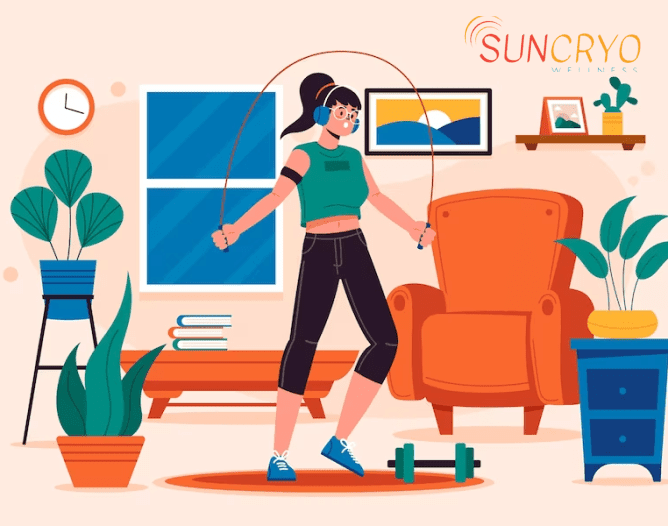Home-Based Exercises

In today’s fast-paced world, where sedentary lifestyles and desk-bound jobs are becoming increasingly common, the prevalence of non-specific low back pain has risen dramatically. This article presents a comprehensive guide to effectively addressing and reducing pain intensity while improving movement limitations associated with non-specific low back pain through targeted home-based exercises. https://georgetownsuncryo.com/
Understanding Non-Specific Low Back Pain
Non-specific low back pain, often characterized by discomfort in the lumbar region without a clear underlying cause, can significantly impact an individual’s quality of life. Factors such as poor posture, muscle imbalances, and lack of physical activity contribute to the development and exacerbation of this condition. https://georgetownsuncryo.com/
The Role of Exercise in Alleviating Low Back Pain
Engaging in regular exercise has been proven to be a powerful tool in managing and reducing non-specific low back pain. Exercises focusing on core strength, flexibility, and posture correction play a pivotal role in addressing the root causes of pain and discomfort.
Benefits of Home-Based Exercises
- Convenience: Home-based exercises offer the convenience of fitting into any schedule, eliminating the need for commuting to a gym or clinic.
- Customization: Tailoring exercises to individual needs and progression levels ensures a more personalized approach to pain management.
- Consistency: Developing a consistent exercise routine promotes gradual improvements, enhancing pain relief and functional movement.
Effective Home-Based Exercise Routine
To help you take charge of your non-specific low back pain, we have outlined a comprehensive home-based exercise routine:
1. Pelvic Tilts
Pelvic tilts are an excellent starting point for enhancing lumbar mobility and stability. Follow these steps:
- Instructions:
- Lie on your back with your knees bent and feet flat on the floor.
- Gently flatten your lower back against the floor by tilting your pelvis.
- Hold for 5-10 seconds, then release.
- Repeat for 10-15 repetitions.
2. Cat-Cow Stretch
The cat-cow stretch promotes flexibility and alleviates tension along the spine.
- Instructions:
- Begin on your hands and knees, aligning wrists under shoulders and knees under hips.
- Inhale, arch your back and lift your tailbone (cow pose).
- Exhale, round your spine, and tuck your chin to your chest (cat pose).
- Repeat the sequence for 10 rounds.
3. Bridge Pose
Bridge pose strengthens the glutes, hamstrings, and lower back muscles while improving posture.
- Instructions:
- Lie on your back with knees bent and feet hip-width apart.
- Press through your heels to lift your hips, creating a straight line from shoulders to knees.
- Hold for 15-20 seconds, then lower down.
- Perform 3 sets.
4. Child’s Pose
The child’s pose helps release tension in the lower back and promotes relaxation.
- Instructions:
- Begin on your hands and knees, then sit back on your heels.
- Extend your arms forward and lower your chest towards the floor.
- Hold for 20-30 seconds while focusing on deep breaths.
The Impact: Reduced Pain and Improved Movement
Consistent engagement in these home-based exercises can yield remarkable results:
- Reduced Pain Intensity: Strengthening core muscles and improving flexibility mitigates stress on the lower back, resulting in decreased pain intensity.
- Improved Movement Limitations: Enhancing spinal mobility and posture aids in better movement, promoting an active and pain-free lifestyle.
Conclusion
Incorporating a well-structured home-based exercise routine into your daily life can be a transformative step towards alleviating non-specific low back pain. By focusing on core strength, flexibility, and posture correction, you empower yourself to actively manage your discomfort and embrace a life with reduced pain intensity and improved movement capabilities. Remember, consistency is key – embark on this journey to a healthier back and a brighter, pain-free future.
